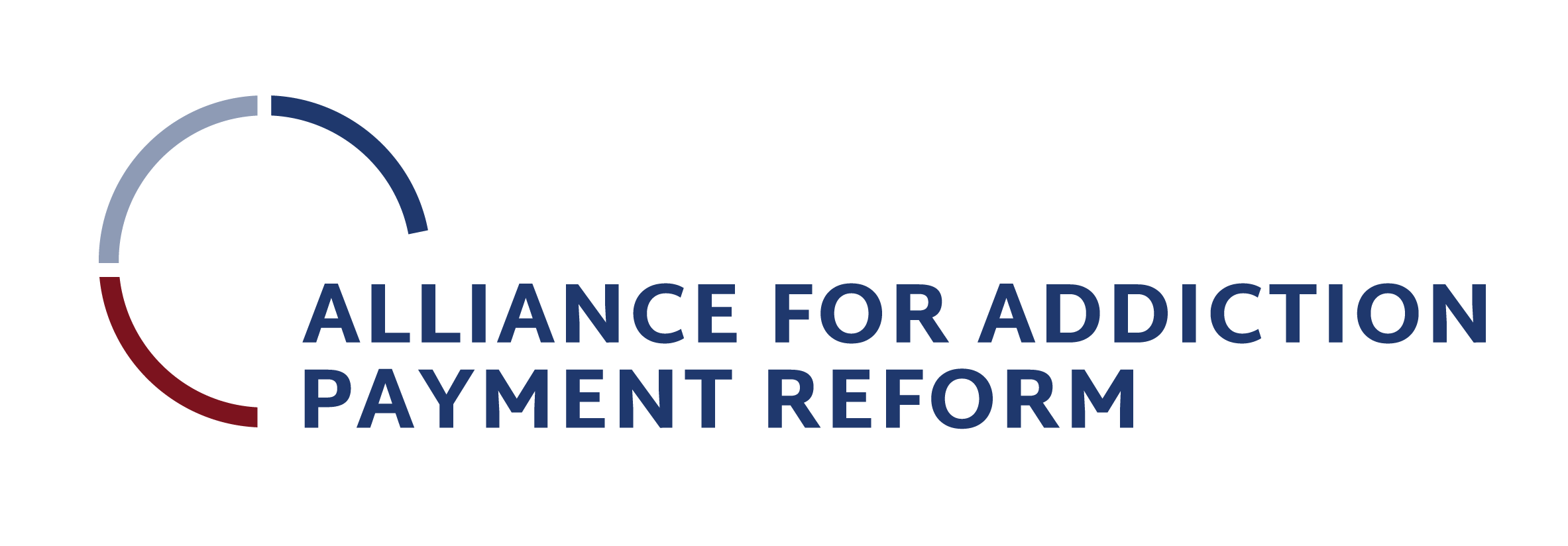Calculating the Opportunity
Savings for value-based addiction care.
Based on national cost data, you may be spending approximately $X.XX on your total cost of care – inclusive of total cost of physical health, behavioral health, pharmacy, and laboratory – for your population with SUD annually. While only X% of those your serve have an SUD, this subgroup makes up X.X% of your total health care spending today.
Share of those you serve with an SUD
Share of total health care spending
spent on those with an SUD
The Value Opportunity for Improved Recovery Rates
We believe…
A radical shift in how we pay for substance use disorder (SUD) care delivery and recovery services is critical for improving recovery rates, lowering unnecessary cost, and driving broader systemic value through the reduction of other comorbidities. The rapid convergence of new data, contracting methods, and evidence-based care models are poised to transform the nature of treatment and recovery services for addiction across the country.
A system that will incentivize recovery. Not relapse.
Disclaimer:
The underlying Medicaid and commercial data used as a basis for the calculation in this tool is claims data obtained by Third Horizon Strategies, the managers of The Alliance for Addiction Payment Reform. These projections are not guarantees of future performance and undue reliance should not be placed on them. Although forward-looking statements contained in this presentation are based upon reasonable assumption beliefs, there can be no assurance that forward-looking statements will prove to be accurate, as actual results and future events could differ materially from those anticipated in such statements.
This example is for educational purposes only and should not be relied upon for any other use.
Sources:
National Survey of Drug Use and Health 2020, Substance Abuse and Mental Health Services Administration (SAMHSA)
Stoddard Davenport, S, Gray, TJ, Melek, S. How do individuals with behavioral health conditions contribute to physical and total healthcare spending?, August 2020, Milliman
Elevance, World Health Congress Presentation, 2021
